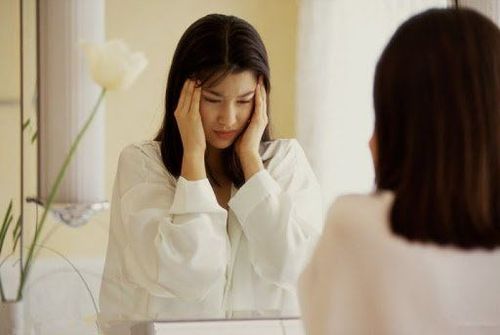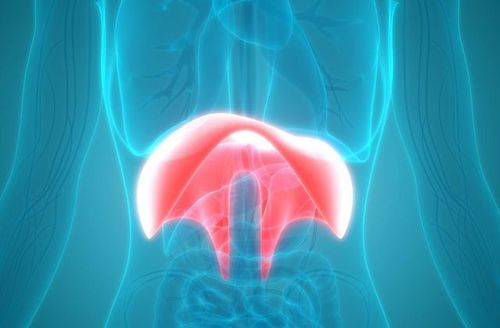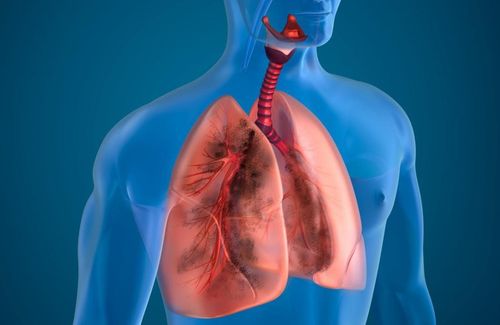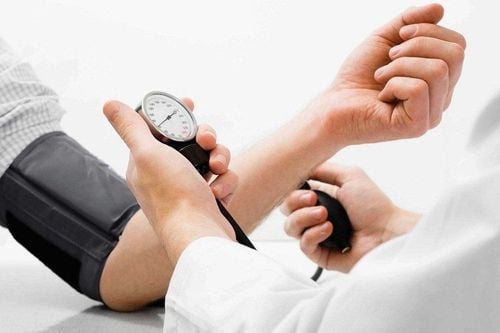This is an automatically translated article.
Anxiety is often accompanied by symptoms of shortness of breath. So how does anxiety cause dyspnea and what can you do about it?
1. Symptoms of anxiety and shortness of breath
Anxiety is a natural psychological state of the body in response to fear. Your body reacts in many physical and mental ways to prepare you to face or avoid a situation.
Shortness of breath occurs when you cannot control your breathing, your chest feels tight, or you are choking or need air.
Studies have shown a link between anxiety and shortness of breath and causes symptoms such as:
Shortness of breath (hyperventilation) Chest tightness Shortness of breath or feeling of suffocation Muscle tension Rapid heart rate Feeling weak, dizzy, unsteady on activity Nausea or upset stomach Difficulty resting, irritable, moody.

Lo lắng và khó thở có thể khiến người bệnh cảm thấy yếu ớt và chóng mặt
2. Causes of dyspnea
Causes of dyspnea include:
Excessive physical exercise Change of height Wearing tight clothing Being sedentary. In addition, other possible causes of dyspnea include:
Asthma Chronic obstructive pulmonary disease Heart failure or heart attack Pneumonia Low blood pressure Upper airway obstruction.

Tập luyện quá sức cũng khiến bạn cảm thấy khó thở
3. How to get rid of breathlessness caused by anxiety
Experts recommend practicing diaphragmatic breathing technique, to get rid of anxiety-induced shortness of breath. When you have trouble breathing, you usually breathe from your mouth or chest. Diaphragmatic breathing techniques can:
Slows down breathing Reduces need for oxygen Requires less effort and energy to breathe Here's how you practice diaphragmatic breathing:
Sit comfortably in a chair or lying on a flat surface such as a bed, with the head supported. Place one hand above the chest and the other hand below the ribcage. This position will be more comfortable for your diaphragm as you breathe. Breathe in slowly through your nose to expand your belly. Contract the abdominal muscles. Let them sink in as you exhale through your nose or mouth (whichever is easier for you). Continue to breathe deeply in and out, feeling your abdomen rise and fall. Do this for 5 to 10 minutes every day. Tip: You are less likely to experience shortness of breath or hyperventilation when you breathe in and out through your nose. It's normal to feel tired or exhausted when you first start this breathing technique. With more practice, this breathing technique will become spontaneous and easy.

Luyện tập kỹ thuật thở cơ hoành để loại bỏ cảm giác khó thở mỗi khi lo lắng
4. When should you see a doctor?
If you have persistent shortness of breath, or every time you worry, you have trouble breathing with the following symptoms, the best way is to visit a reputable medical facility or doctor for examination.
Feeling tightness or pain in your chest, neck, jaw, back or arms. Fatigue, headache, nausea, or vomiting Any questions that need to be answered by a specialist doctor as well as if you need to be examined and treated at Vinmec International General Hospital, you can contact us. Vinmec Health System nationwide or register online HERE.
Reference source: healthline.com
MORE
Symptoms of Anxiety Disorders Common Types of Anxiety Disorders Persistent anxiety: Should I see a psychiatrist?













